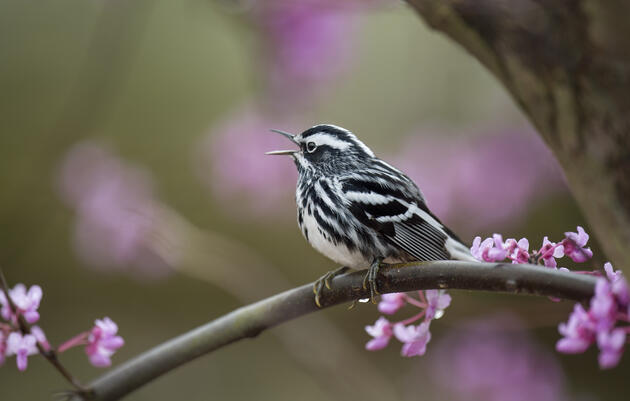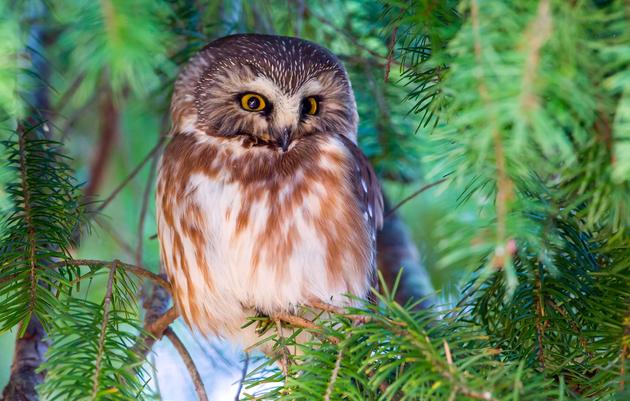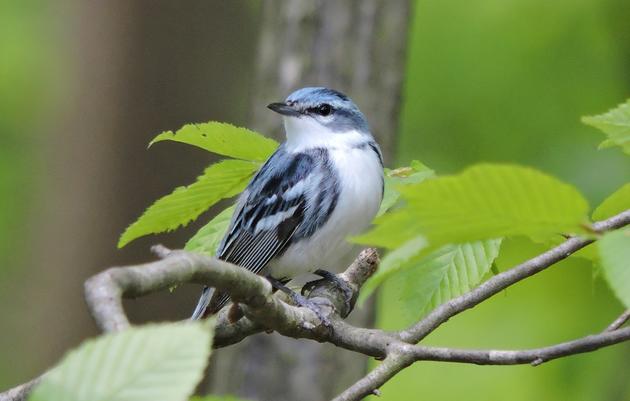You may not see as many birds in your woods in winter, but that doesn’t mean you can’t plan ahead. If you’d like to hear the sound of an Ovenbird calling “pizza! pizza! pizza!” while you hike your trails, or catch a glimpse of a Scarlet Tanager high in a tree canopy, there are actions you can take – for free or cheap, and mostly on your own – to increase the diversity of bird species in your forest.
Winter is a particularly great time to try these management activities, since it’s outside the nesting season.
If you are a landowner or manager interested in improving habitat for birds and other wildlife, check out the Healthy Forest Resources. Landowners in or near Priority Forest Areas can fill out our Landowner Assistance Form, and we'll do our best to be in touch in 2-3 weeks.
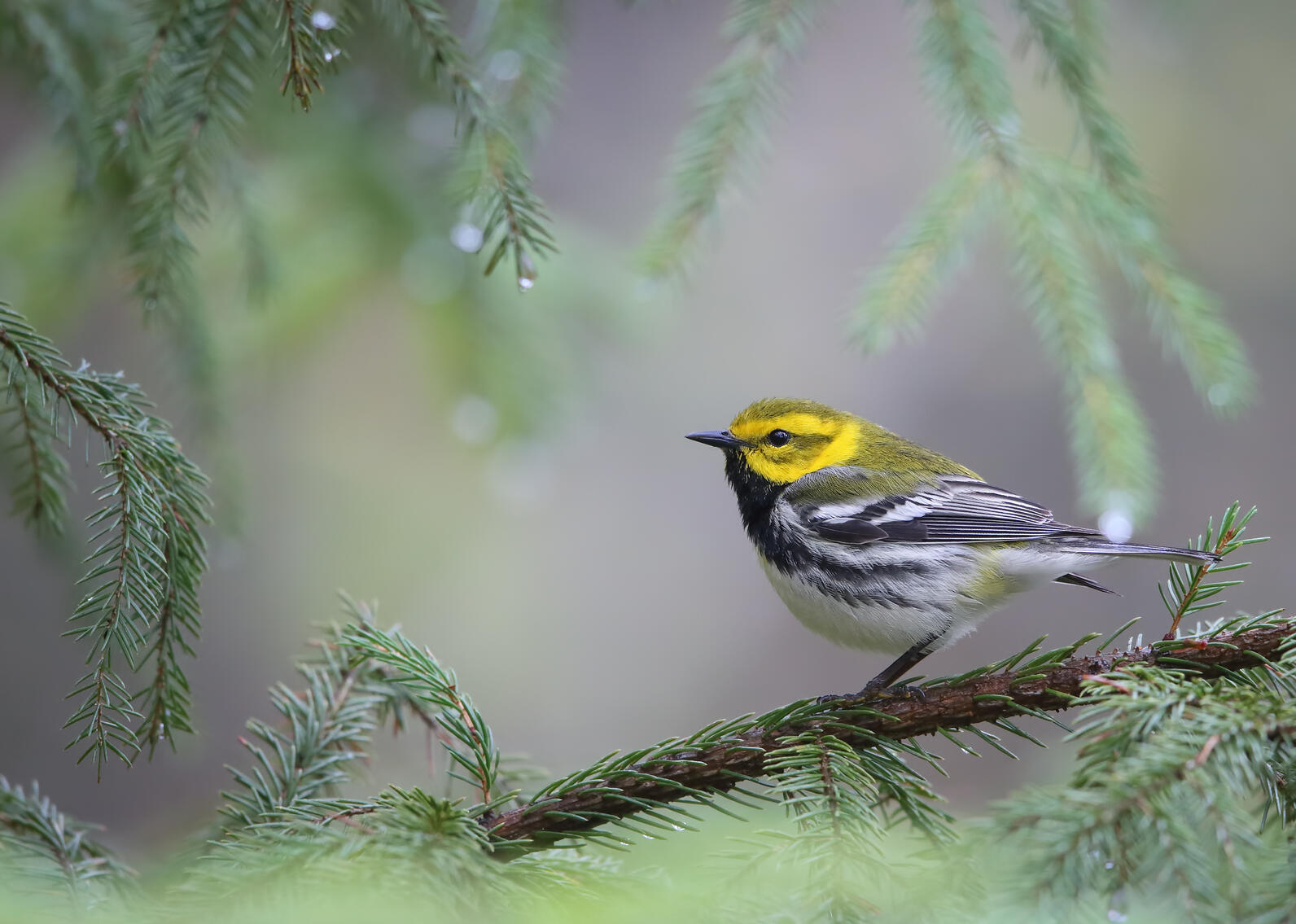
Harvest Firewood
Create understory growth and increase tree species diversity for birds that nest in mature forest.
Many landowners are already contributing to good forest management by harvesting lower grade, less desirable species, like American beech, ironwood and birch, for firewood.
Firewood harvesting can have similar benefits to a larger scale forest thinning that would be recommended by a forester. Similar to a thinning, removing firewood creates growing space for more desirable, longer-lived trees like eastern hemlock, sugar maple and white pine.
The winter months are a perfect time to add wood to the pile because moving equipment in and out of the forest, whether it be a four wheeler, side by side, or tractor, will cause less disturbance on the forest floor for species that prefer to nest there, like Ovenbird. Note: Before you fell a tree, check for cavities! You don’t want a Rockefeller Christmas Tree situation.
Removing trees with a preference for longer-lived species allows for sustained nesting and foraging opportunities in the canopy as well. Hemlock is especially important to leave when harvesting firewood because of its strong habitat association with many birds, including Hermit Thrush, Northern Saw-whet Owl and Black-throated Green Warbler.
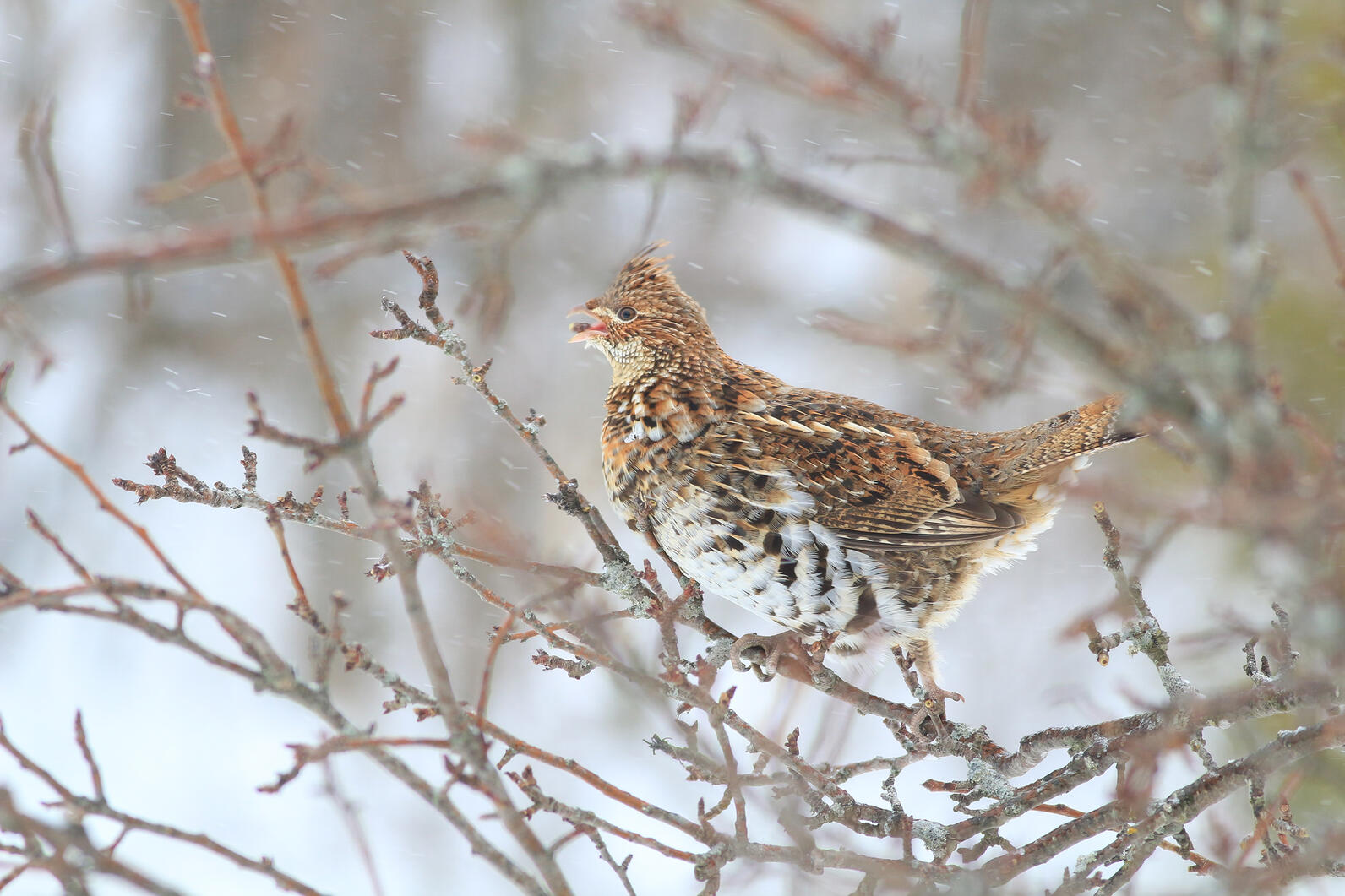
Increase Downed Woody Material and Leave Dead Trees
Create habitat for birds to drum, drill, peck, and nest.
If harvesting firewood isn’t a top priority, lower quality trees can still be cut and left on the forest floor to create complex structure that is used for foraging insects, concealing nearby nest sites, breeding and territorial displays, perches, and cover from predators.
Not only does this added structure allow birds to safely nest and forage, but it can also help deter deer from browsing desirable seedlings and saplings that are just taking hold in the understory. Larger diameter logs are especially important for Ruffed Grouse to use in their drumming displays.
It’s equally important to leave some standing dead trees of varying sizes and stages of decay for cavity nesters like nuthatches and woodpeckers, as long as they aren’t a hazard to trails. These trees are easier to identify when you’re out in the woods during the winter months and you have a clear view to the canopy. You may notice bark starting to shed from the limbs, holes in the trunk, or soft crumbly wood around the base.

Treat Invasive Species
Create habitat that offers more, nutritious food for chicks during nesting season.
Native plants provide the most habitat value to wildlife, from backyard birds to those found in the depths of our largest forests. That’s because they support all or part of the life cycle of our native insects, which are the primary food source for the majority of forest bird species and their nestlings during the spring and summer breeding season. Fruits from native species are also more nutritious when compared to non-native fruit, helping migratory birds increase their fitness ahead of their long journey.
Japanese Barberry, pictured above, is a small non-native invasive shrub that ranges from 2 to 8’ in height. Its leaves are green and shaped like long paddles and pale yellow flowers hang off the stems of branches from mid spring to early summer. Small bright red berries are also noticeable in the summer months.
If you’re worried about identifying this without flowers or berries during the winter, plan to flag the stems during the spring and summer so you can come back to them.
To remove this species, cut the plants at the stem close to the ground in the fall or winter while the nutrients or in the roots. Wrap the exposed stump with burlap or thick plastic and secure with twine or a thick zip tie. This should prevent any new stump sprouts from developing in the spring.
Once this invasive has died back, spend some time exploring the Plants for Birds database to find which local native species can be planted in its place.

